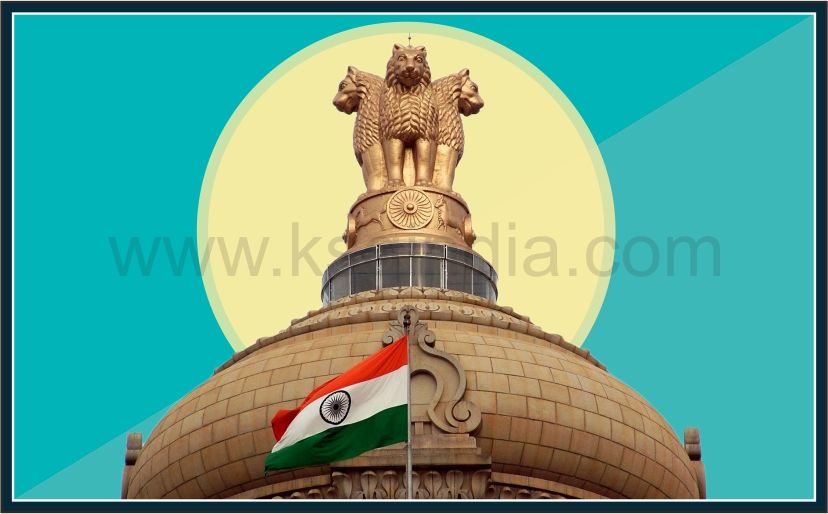Consequences of Growing Digital Divide

The digital divide caused by online classes will defeat the fundamental right of every poor child to study in mainstream schools.
Consequences of Growing Digital Divide

The digital divide caused by online classes will defeat the fundamental right of every poor child to study in mainstream schools.
Important Highlights
- The Supreme Court ruled how the right to education of little children now hinges on who can afford “gadgets” for online classes and who cannot.
- Little children whose parents are too poor to afford laptops, tablets or an “optimum” Internet package at home for online classes during the pandemic have dropped out of school and even run the danger of being drawn into child labour or worse, child trafficking.
- During the course of the pandemic, as schools increasingly turned to online education to avoid exposure to the young children to the pandemic, the digital divide produced stark consequences… Children belonging to the Economically Weaker Sections [EWS]/Disadvantaged Groups [DG] had to suffer the consequence of not having to fully pursue their education or worse still drop out because of the lack of access to the Internet and computer.
- “I have seen this from personal quarters... On one hand, the EWS child is going to a good school and on the other hand there is such a lot of disparity. How can a poor child whose mother is a housemaid and the father a driver afford a laptop or a tablet… These children need them to study. The daily homework is uploaded on the laptop, the school sends videos… Learning is taking place online,” Justice Chandrachud said.
Remote Areas: A Cause of Concern
- Justice Nagarathna highlighted the sufferings of children in rural and remote areas of the country. “So you can imagine what the situation would be in tribal and rural areas… Delhi may be technologically advanced, but look at the remote areas, there is a huge dropout rate of children from schools because of lack of access to gadgets.”
- The court said even though schools are now reopening gradually due to the receding curve of the pandemic, the “need to provide adequate computer-based equipment together with access to online facilities for children is of utmost importance”.
- The court held that Article 21A (the right to free and compulsory education for children aged between six and 14) has to be a reality.
Digital Divide
India’s digital divide remains huge as more than 400 million people still have no access to the internet. Spatial divide is also huge, with the internet density in rural areas, where more than 60% of the people live, is still low at 25% compared to the internet density in urban areas (90%). The digital divide is also big across the leading and lagging regions, with states like Bihar and Uttar Pradesh with very low internet use density. Gender digital divide is also huge within India, with far fewer women with access to mobile phones and internet services.
